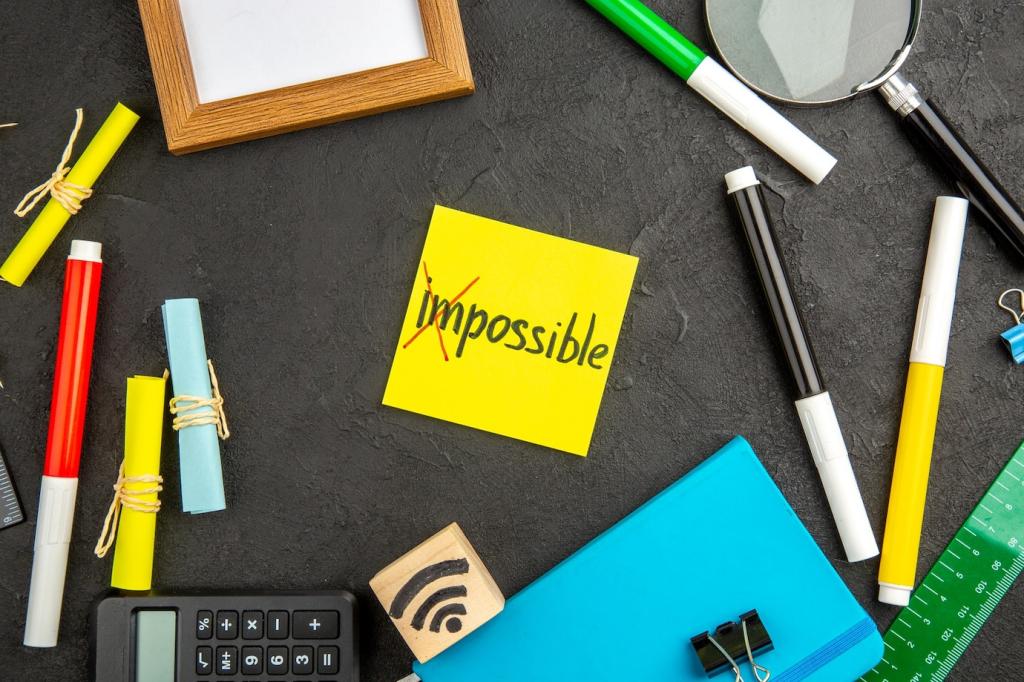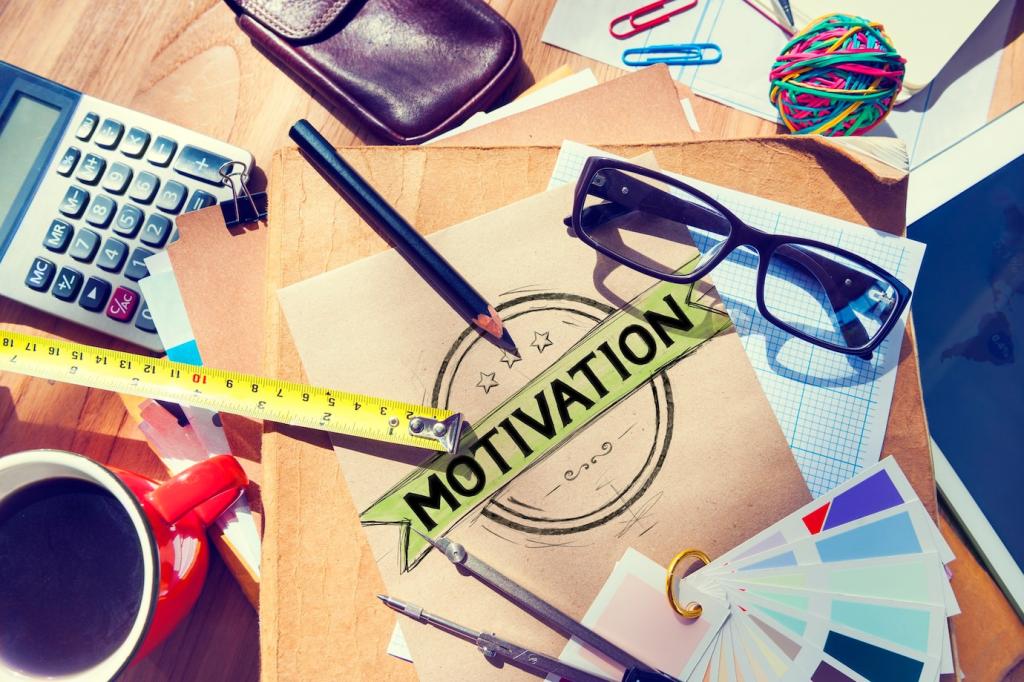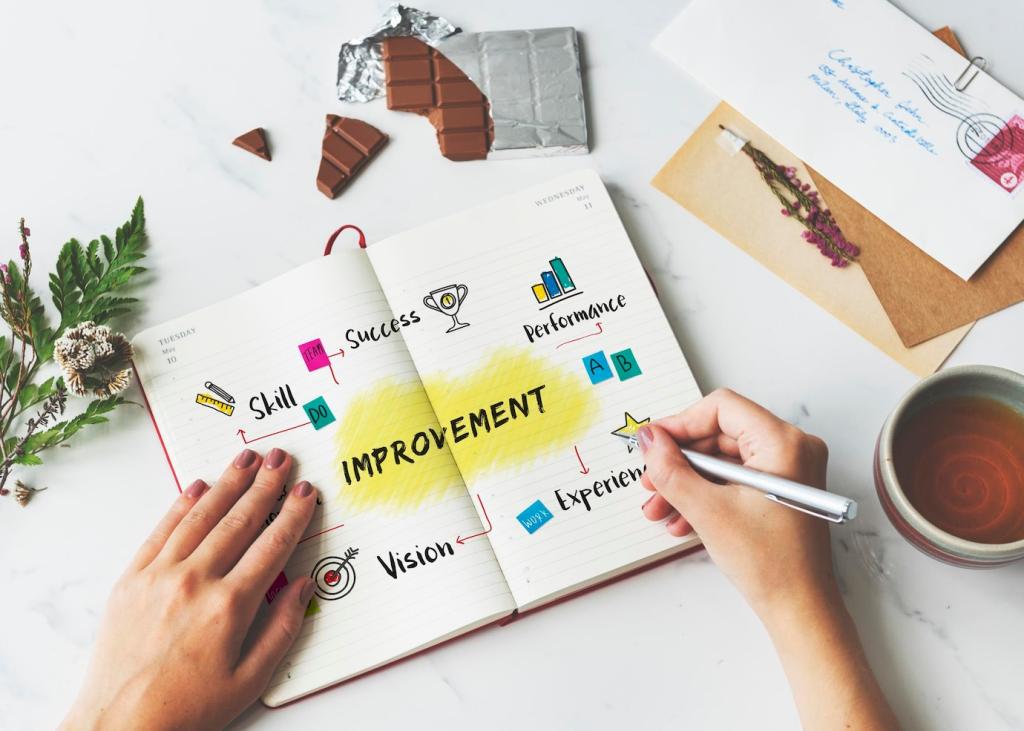Mindfulness at Home: Unlocking Focus and Flow
Selected theme: The Role of Mindfulness in Boosting Home Productivity. Step into a calmer, sharper workday where presence replaces frantic multitasking and small, intentional rituals help you build deep focus. Join our community, share your mindful wins, and subscribe for weekly, science-informed inspiration.

Why Mindfulness Amplifies Productivity
Attention strengthens like a muscle when you train it with brief, consistent mindfulness. A minute of breath awareness before opening your laptop nudges your brain from scattered to steady. Try it daily for a week and share how your focus shifts in the comments.

Why Mindfulness Amplifies Productivity
High stress taxes working memory and decision-making. Mindful pauses reduce perceived stress, clearing space for clarity. A simple exhale-longer-than-inhale breath can downshift your nervous system. Notice how your next task feels lighter, and tell us if your mental clutter eased.
Morning Rituals that Prime Presence
A 60‑Second Breath Check-In
Before coffee or messages, place a hand on your chest and count ten relaxed breaths, lengthening the exhale. Label thoughts as planning or worrying, then let them pass. This tiny practice signals your day will be led by intention rather than impulse—then share your experience.
Mindful Coffee, Intentional Planning
While your coffee steeps, review your top three outcomes, not tasks. Sip slowly and visualize completing each outcome with unhurried attention. This anchors your plan in calm, sensory awareness, helping you resist reactive busyness. Post your three outcomes to keep yourself accountable.
Design a Distraction-Lite Start
For the first thirty minutes, silence nonessential notifications and open only the tools required for your first deep task. Begin with a five-sentence goal note. This deliberate start keeps your mind from scattering early. If it helps, invite a friend to try it with you this week.
Use the Senses as Design Tools
Choose one calming cue for each sense: soft light, a neutral scent, quiet instrumental sound, a smooth mug, a grounding plant. These cues gently remind your mind to settle. Tell us which sensory anchor helps you refocus fastest when your attention starts to drift.
Create a Reset Corner
Set aside a small chair or cushion away from your desk for ninety-second resets. When frazzled, step there, breathe, and name your next single step. This physical separation interrupts spirals. Snap a photo of your reset corner and inspire someone else’s mindful setup.
Micro‑Boundaries in Shared Spaces
If you share your home, agree on simple signals: headphones on means focus, a sticky note means ten quiet minutes. Mindfulness includes compassion; kindly renegotiate when schedules change. Share scripts that worked for you, so others can set boundaries without conflict.




Alex’s Two‑Minute Rule
Alex paused whenever irritation spiked, set a two‑minute timer, and breathed with eyes on a single plant leaf. The irritation softened enough to answer a difficult email with clarity. Try this plant focus during tense moments and report whether your tone improves.
Priya’s Email Window
Priya checked email at two mindful windows only, beginning each with three breaths and an intention to respond, not react. She noticed fewer mistakes and less re-reading. Adopt the window method for a week and share the calm you recover for deep work.
Leo’s Walking Reflection
Between Zoom calls, Leo walked the hallway slowly, syncing steps with breaths and naming what mattered next. Meetings felt shorter and notes clearer. If you try a two-minute mindful walk today, tell us whether your next task starts with more momentum and ease.




